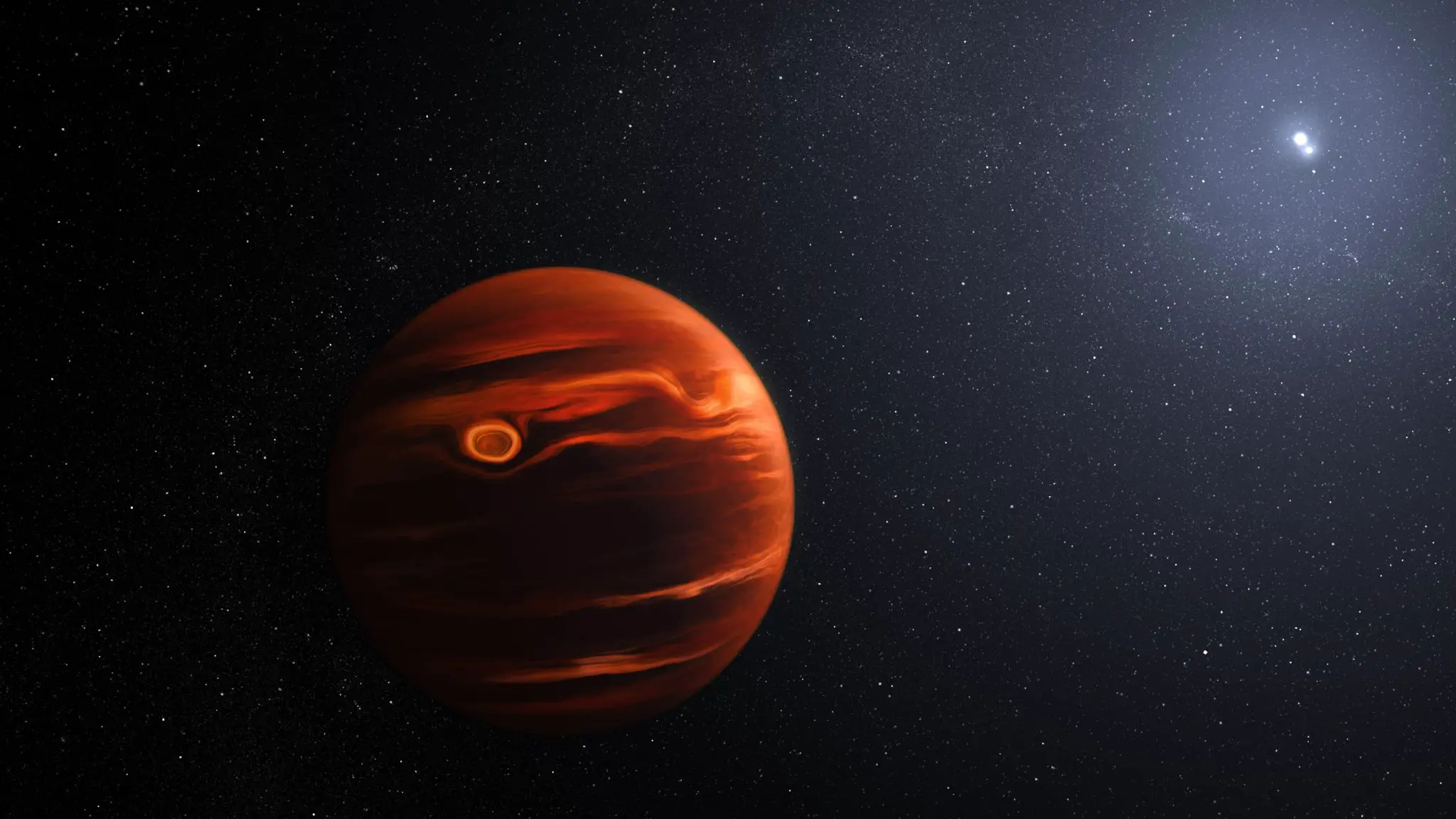TESS discovers a rocky planet glowing with molten lava
- May 10, 2024
- 0
UC Riverside astrophysicist Stephen Kane had to double-check his calculations. He wasn’t sure the planet he was examining might be as extreme as it seemed. Kane never expected
UC Riverside astrophysicist Stephen Kane had to double-check his calculations. He wasn’t sure the planet he was examining might be as extreme as it seemed. Kane never expected

UC Riverside astrophysicist Stephen Kane had to double-check his calculations. He wasn’t sure the planet he was examining might be as extreme as it seemed. Kane never expected to learn that a planet in this distant star system was covered in so many active volcanoes that it appeared fiery red when viewed from a distance.
“It was one of those moments of discovery where you think, ‘Wow, it’s incredible that this could actually exist,'” Kane said. An article was published with a detailed description of the discovery. Astronomy Magazine.
Launched in 2018, NASA’s Transiting Exoplanet Survey Satellite, or TESS, searches for exoplanets (planets outside our solar system) that orbit the brightest stars in the sky, including those that may harbor life.
Kane examined the star system called HD 104067, located about 66 light-years from our sun, which is already known to contain a giant planet. TESS detected signals of a new rocky planet in this system. While collecting data on this planet, Kane unexpectedly found another planet, bringing the total number of known planets in the system to three.
The new planet discovered by TESS is as rocky as Earth but 30% larger. But unlike Earth, it has more in common with Io, Jupiter’s rocky inner moon and the most volcanically active body in our solar system.
“It’s a terrestrial planet I’m going to call Io on steroids,” said Kane. “He had to find himself in a situation where volcanoes were constantly erupting. In the optical waves, you could see a red-hot planet whose surface was molten lava.”
Kane estimated that the surface temperature of the new planet TOI-6713.01 would be 2,600 degrees Kelvin, hotter than some stars. Volcanic activity on both Io and this planet is due to gravitational forces. Io is very close to Jupiter. Kane explained that Jupiter’s other moons cause Io to follow an elliptical or “eccentric” orbit around the planet, which has a very strong gravitational pull.
“If there were no other moons, Io would be in a circular orbit around the planet and its surface would be silent. Instead, Jupiter’s gravity compresses Io so much that volcanoes are constantly erupting,” said Kane.
There are also two planets in the HD 104067 system that are farther from the star than this new planet. These outer planets also force the inner rocky planet into an eccentric orbit that compresses it as it orbits the star.
Kane compares this scenario to racquetball, where a small rubber game ball bounces more and gets warmer as it is continuously paddled. This effect is called tidal energy, and the term is used when talking about the gravitational effect of one object on another. On Earth, tides are mostly the result of the moon’s gravity pulling on our oceans.
Kane and his colleagues want to learn the density of the burning planet by measuring its mass in the future. This will tell them how much material is available for volcanoes to erupt. Tidal effects on planets have historically not been the main focus of exoplanet research, Kane said. Maybe this will change with this discovery.
“This teaches us a lot about how much energy can be pumped into planet Earth and the consequences of that,” said Kane. “Although we know that stars contribute to the warming of the planet, the vast majority of the energy here is tidal and this cannot be ignored.”
Source: Port Altele
As an experienced journalist and author, Mary has been reporting on the latest news and trends for over 5 years. With a passion for uncovering the stories behind the headlines, Mary has earned a reputation as a trusted voice in the world of journalism. Her writing style is insightful, engaging and thought-provoking, as she takes a deep dive into the most pressing issues of our time.